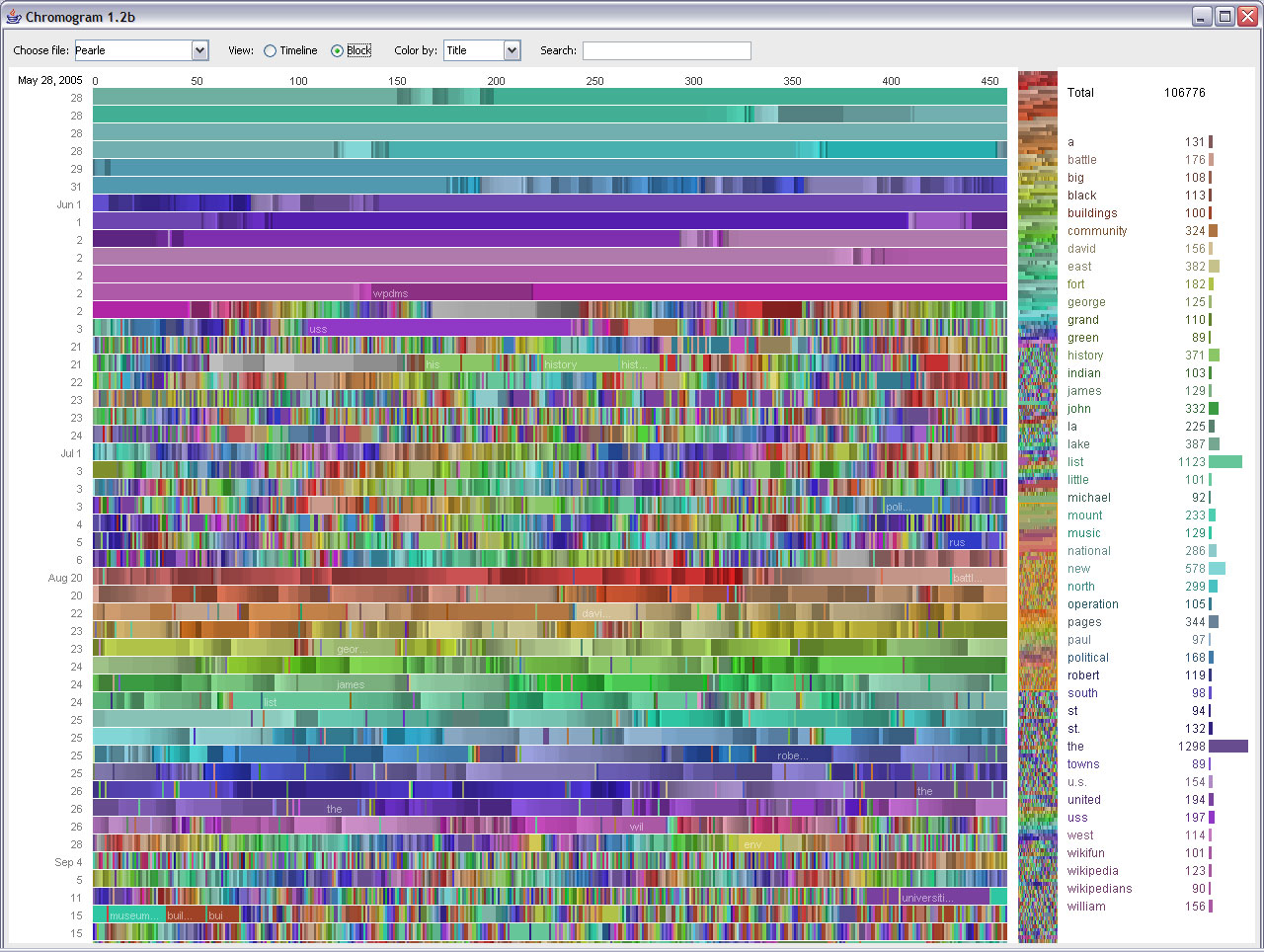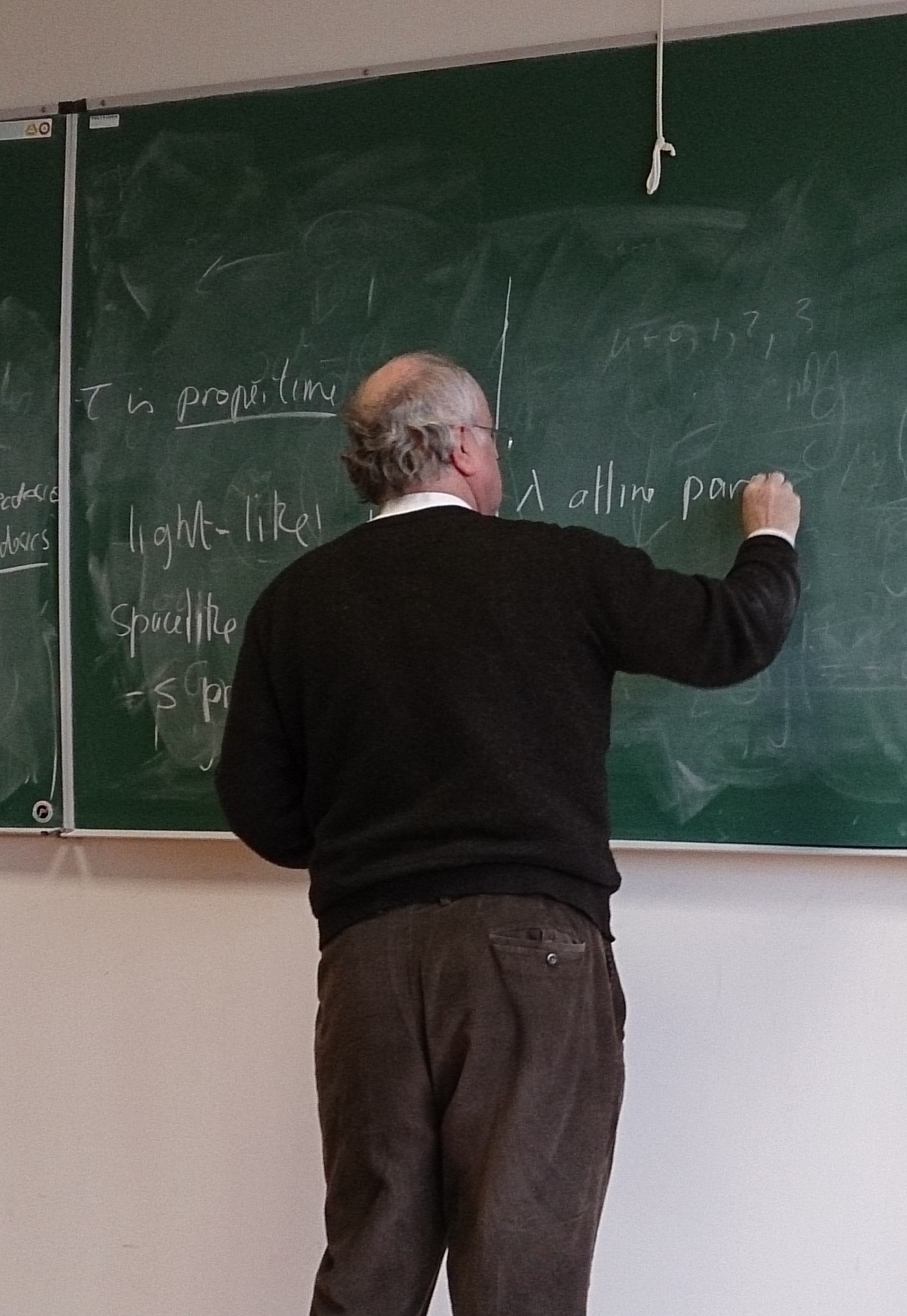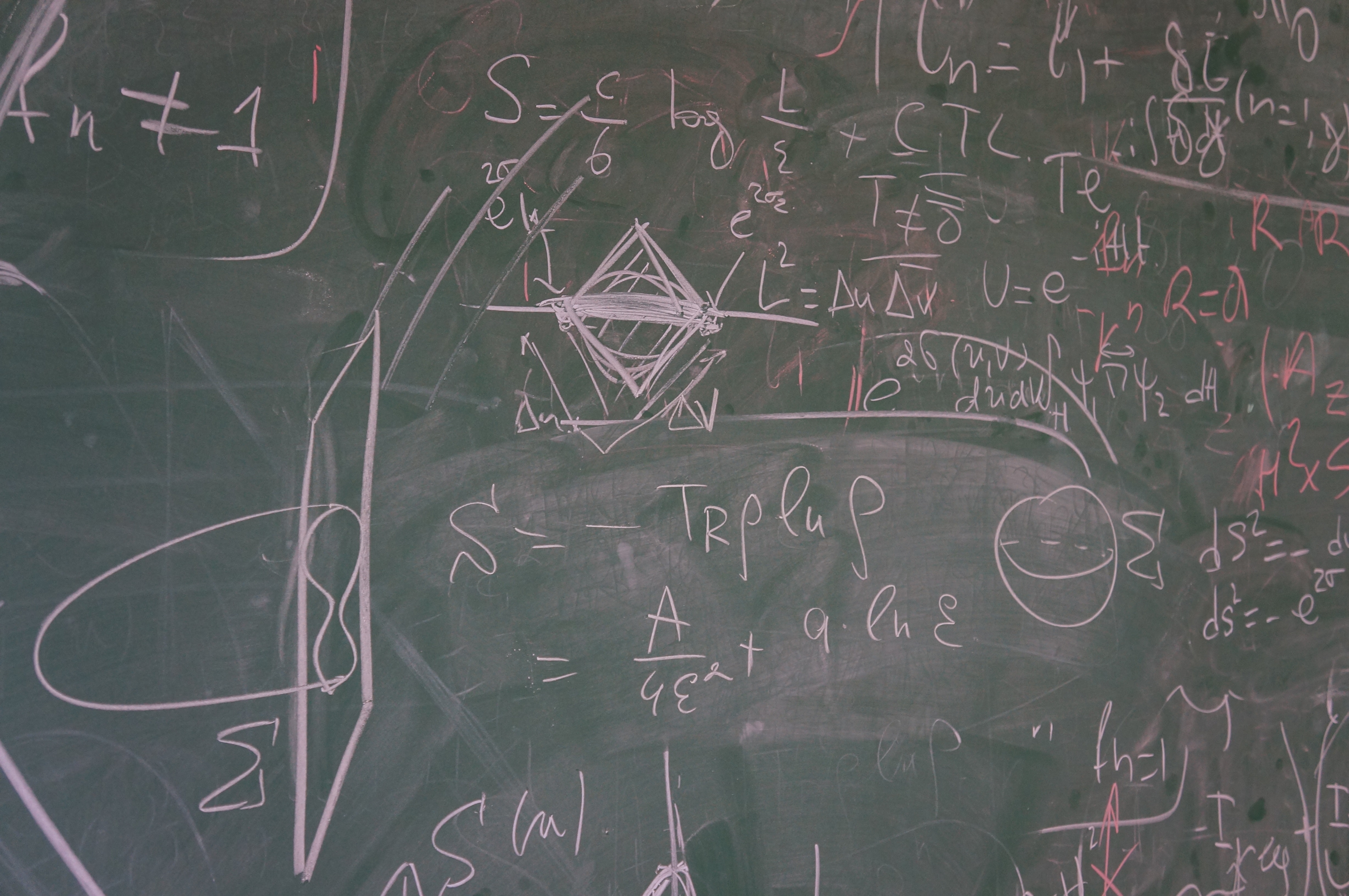
Hôtel de Ville de Tours
Place Jean Jaurès
Salle Anatole France
37000 Tours
France

Hôtel de Ville de Tours
Place Jean Jaurès
Salle Anatole France
37000 Tours
France

Hôtel Dupanloup
1 rue Dupanloup
45000 Orleans
France
Guillaume Dechambenoit

Hôtel de Ville de Tours
Place Jean Jaurès
Salle Anatole France
37000 Tours
France
Prof. Dmitri Kharzeev & Dr Maxim Chernodub

BRGM
Café de l’Info, Co-working Room - Bat.J3 Ground floor
3 avenue Claude Guillemin
45100 Orléans
France

Université de Tours Faculté des Sciences et Techniques
- salle E1 1060 - Bâtiment E - Parc Grandmont, Avenue Monge,
37200 Tours
France

Université de Tours Faculté des Sciences et Techniques
Bâtiment E - Parc Grandmont, Avenue Monge,
37200 Tours
France

VIRTUAL MEETING
France

Laboratoire de Mathématiques et Physique Théorique
Parc de Grandmont
Building E – Amphi E030
37200 Tours
France
Pr Gary Gibbons & Pr Sergey Solodukhin

Centre International Universitaire pour la Recherche – LE STUDIUM
1 rue Dupanloup
45000 Orléans
France
Pr Gary GibbonsPr Michael AtiyahPr Erik VerlindePr Andre NevesPr Michael DuffPr Michael SmolkinPr Roberto EmparanPr Sergey SolodukhinPr Juerg Froehlich
In this paper, a non-asymptotic pseudo-state estimator for a class of commensurate fractional order linear systems is designed in noisy environment. Different from existing modulating functions methods, the proposed method is based on the system model with fractional sequential derivatives by introducing fractional order modulating functions. By applying the fractional order integration by parts formula and thanks to the properties of the fractional order modulating functions, a set of fractional derivatives and fractional order initial values of the output are analogously obtained by algebraic integral formulas. Then, an explicit formula of the pseudo-state is accomplished by using the fractional sequential derivatives of the output computed based on the previous results. This formula does not contain any source of errors in continuous noise-free case, and can be used to non-asymptotically estimate the pseudo-state in discrete noisy case. The construction of the fractional order modulating functions is also shown, which is independent of the time. Finally, simulations and comparison results demonstrate the efficiency and robustness of the proposed method
We design a scheme for the Euler equations under gravitational fields based on our subcell hydrostatic reconstruction framework.
To give a proper definition of the nonconservative product terms due to the gravitational potential, we first separate the singularity to be an infinitely thin layer, on where the potential is smoothed by defining an intermediate potential without disturbing its monotonicity ; then the physical variables are extended and controlled to be consistent with the Rayleigh-Taylor stability, which contribute the positivity-preserving property to keep the nonnegativity of both gas density and pressure even with vacuum states. By using the hydrostatic equilibrium state variables the well-balanced property is obtained to maintain the steady state even with vacuum fronts. In addition, we proved the full discrete discrete entropy inequality, which preserve the convergence of the solution to the physical solution, with an error term which tends to zero as the mesh size approaches to zero if the potential is Lipschitz continuous. The new scheme is very natural to understand and easy to implement.
The numerical experiments demonstrate the scheme's robustness to resolve the nonlinear waves and vacuum fronts.
The study of the Weyl and Dirac topological materials (topological semimetals, insulators, superfluids and superconductors) opens the route for the investigation of the topological quantum vacua of relativistic fields. The symmetric phase of the standard model (SM), where both electroweak and chiral symmetry are not broken, represents the topological semimetal. The vacua of the SM (and its extensions) in the phases with broken electroweak symmetry represent the topological insulators of different types. We discuss in detail the topological invariants in both the symmetric and broken phases and establish their relation to the stability of vacuum.
The Eisenhart lift of a Paul trap used to store ions in molecular physics is a linearly polarized periodic gravitational wave. A modified version of Dehmelt’s Penning trap is, in turn, related to circularly polarized periodic gravitational waves, sought in inflationary models. Similar equations also govern the Lagrange points in celestial mechanics. The explanation is provided by anisotropic oscillators.
This paper applies a numerical method of polynomial function approximation to the numerical analysis of variable fractional order viscoelastic rotating beam. First, the governing equation of the viscoelastic rotating beam is established based on the variable fractional model of the viscoelastic material. Second, shifted Bernstein polynomials and Legendre polynomials are used as basis functions to approximate the governing equation and the original equation is converted to matrix product form. Based on the configuration method, the matrix equation is further transformed into algebraic equations and numerical solutions of the governing equation are obtained directly in the time domain. Finally, the efficiency of the proposed algorithm is proved by analyzing the numerical solutions of the displacement of rotating beam under different loads.
An innovative numerical procedure for solving the viscoelastic column problem based on fractional rheological models, directly in the time domain, is investigated. Firstly, the governing equation is established according to the fractional constitutive relation. Secondly, the resulting equation is transformed into algebraic equation and solved by using the shifted Chebyshev wavelet function. Furthermore, the convergence analysis and the retained numerical benchmarks are carried out to validate the performance of the proposed method. A small value of the absolute error between numerical and accurate solution is obtained. Finally, the dynamic analysis of viscoelastic beam-column problems is investigated with different cross-section shape (circular and square) under various loading conditions (axial compressive force and harmonic load). The displacement, strain and stress of the viscoelastic column at different time and position are determined. The deformation and stress of the viscoelastic column of different materials under the same loading condition are compared. The results in the paper show the highly accuracy and efficiency of the proposed numerical algorithm in the dynamical stability analysis of the viscoelastic column.
In this paper, a fractional viscoelastic model is proposed to describe the physical behaviour of polymeric material. The material parameters in the model are characterized by the experimental data obtained in the dynamical mechanical analysis. The proposed model is integrated into the fractional governing equation of polymethyl methacrylate (PMMA) above its glass transition temperature. The numerical algorithm based on the shifted Legendre polynomials is retained to solve the fractional governing equations in the time-domain. The accuracy and effectiveness of the algorithm are verified according to the mathematical examples. The advantage of this method is that Laplace transform and the inverse Laplace transform commonly used in fractional calculus are avoided. The dynamical response of the viscoelastic PMMA beam is determined with several loading conditions (uniformly distributed load and harmonic load). The effects of the loading condition and the temperature on the dynamic response of the beam are investigated in the results. The proposed approach shows great potentials for the high-precision calculation in solving the fractional equations in the science and engineering.
Kepler's rescaling becomes, when “Eisenhart-Duval lifted” to 5-dimensional “Bargmann” gravitational wave spacetime, an ordinary spacetime symmetry for motion along null geodesics, which are the lifts of Keplerian trajectories. The lifted rescaling generates a well-behaved conserved Noether charge upstairs, which takes an unconventional form when expressed in conventional terms. This conserved quantity seems to have escaped attention so far. Applications include the Virial Theorem and also Kepler's Third Law. The lifted Kepler rescaling is a Chrono-Projective transformation. The results extend to celestial mechanics and Newtonian Cosmology.
The integrals of the motion associated with conformal Killing vectors of a curved space–time with an additional electromagnetic background are studied for massive particles. They involve a new term which might be non-local. The difficulty disappears for pp-waves, for which explicit, local conserved charges are found. Alternatively, the mass can be taken into account by “distorting” the conformal Killing vectors. The relation of these non-point symmetries to the charges is analysed both in the Lagrangian and Hamiltonian approaches, as well as in the framework of Eisenhart–Duval lift.
The recently discovered conserved quantity associated with Kepler rescaling is generalized by an extension of Noether’s theorem which involves the classical action integral as an additional term. For a free particle, the familiar Schrödinger dilations are recovered. A general pattern arises for homogeneous potentials. The associated conserved quantity allows us to derive the virial theorem. The relation to the Bargmann framework is explained and illustrated by exact plane gravitational waves.
Co-infection is an important aspect of many infectious diseases, with substantial modeling efforts in the last decades. Yet, simple and sufficiently general mathematical frameworks to analyze and unify the full spectrum of hierarchical patterns emerging from co-infection interactions and variation in other fitness dimensions between two or more strains are missing. Here, we contribute to fill this gap, thanks to a model reduction obtained after assuming strain similarity. We model simultaneously 5 fitness dimensions where strains can differ close to neutrality, and decompose dynamics in two timescales: neutral dynamics between types on a fast timescale, and non-neutral selective processes on a slow timescale, driven explicitly by trait variation and a replicator equation. We bridge adaptive dynamics and epidemiological multi-strain models, generalizing and advancing analytically these two perspectives on co-infection and coexistence.
The Calculus of Constructions is one of the most powerful systems of constructive logic. It consists of three logical levels: proofs, propo-sitions, kinds. The kinds are the types of operations, i.e., construc-tions of propositions. Both, the level of propositions and the level of kinds, are closed under general rules of quantification. A model construction involves giving meaning to the objects of each of the three levels in such a way that the quantification rules are satisfied. The aim is to give a construction that uses ordered structures, known as domains. In the present work domain constructions used for the interpretation of the quantification constructs are presented in a general way and computability issues are discussed.
This paper presents a security architecture for the Internet of Medical Things (IoMT), striving to protect sensitive data stored, processed, and transferred in such a system. It is based on a 5-layer architecture for IoMT systems and defines security mechanisms and techniques that can be employed on the different layers in order to protect medical data in its whole lifecycle adequately. Additionally, we also discuss the most common security requirements and attacks from literature which served as the basis for the security architecture. The former can be implemented on various heterogenous IoMT devices and environments.
This work is the first of its kind to present a fractional-order learning observer for diagnosing individual battery faults in a battery string. There are no voltage measurements to each individual battery cell on this string; instead, a sensor is mounted at the two ends of the string to measure the total of the voltage values for all cells on the same string. To accurately model a battery cell, the constant phase element is used in the electric circuit model. Because it has the fractional-order characteristic, the battery cell is modeled as a fractional-order system. Based on the fractional-order model of the battery string, a fractional-order learning observer is designed to diagnose the faults from battery controller signals and internal short circuit to achieve industrial risk management. Simulation studies are conducted to verify the effectiveness of the proposed fractional-order learning observer.